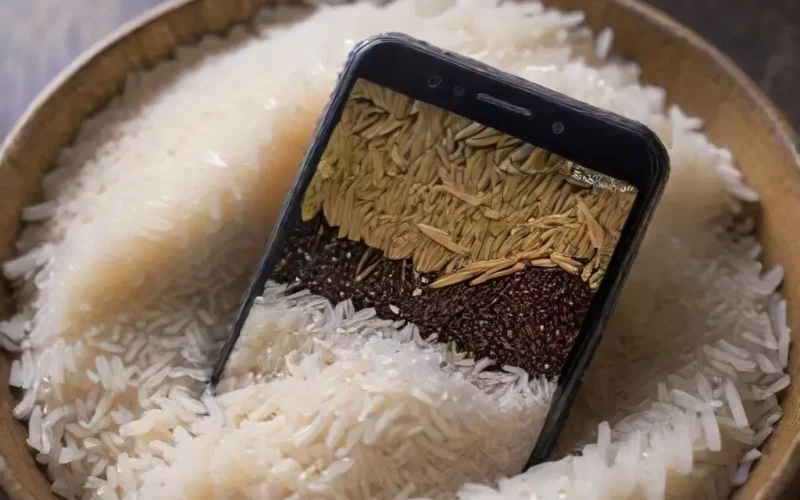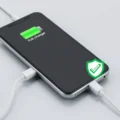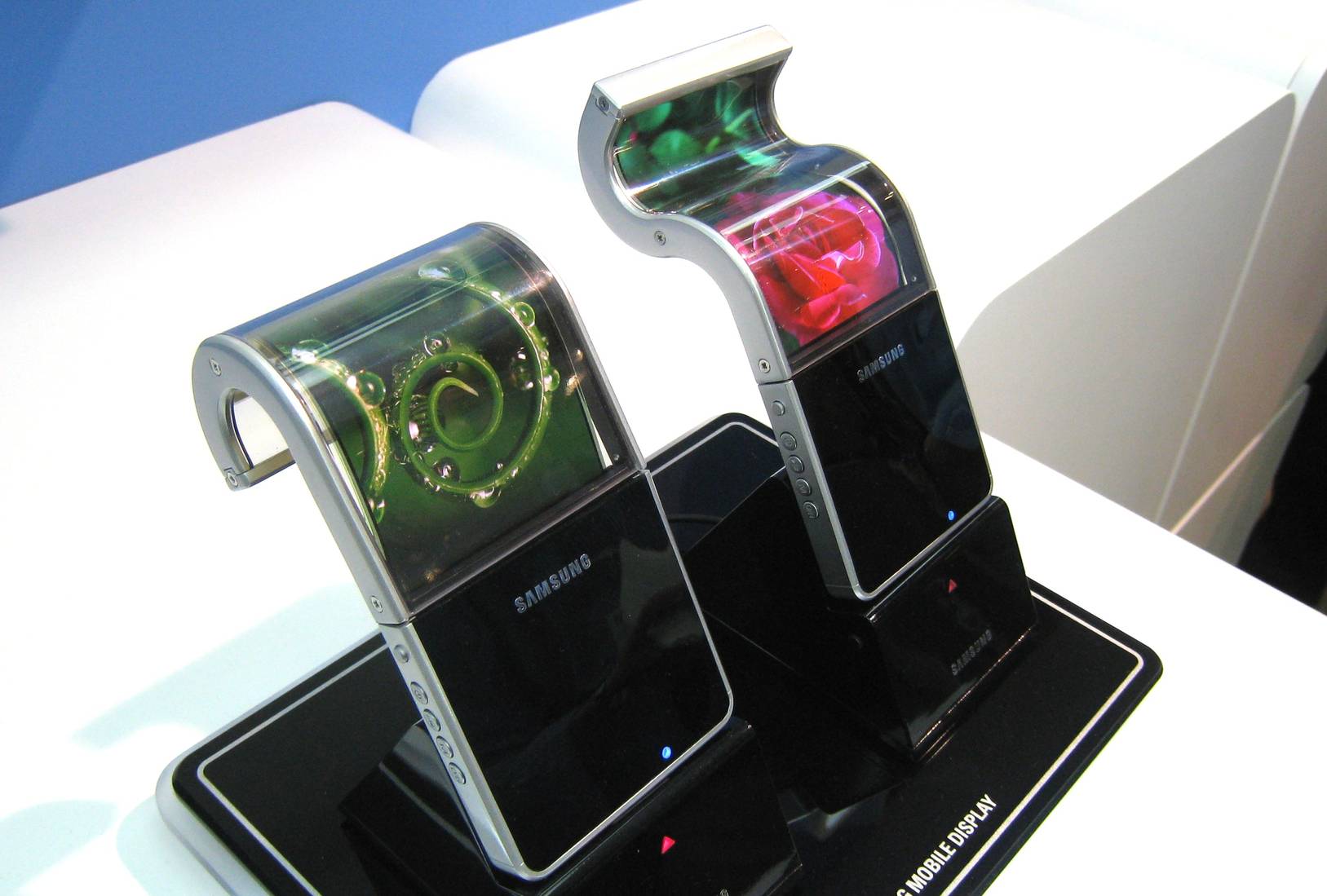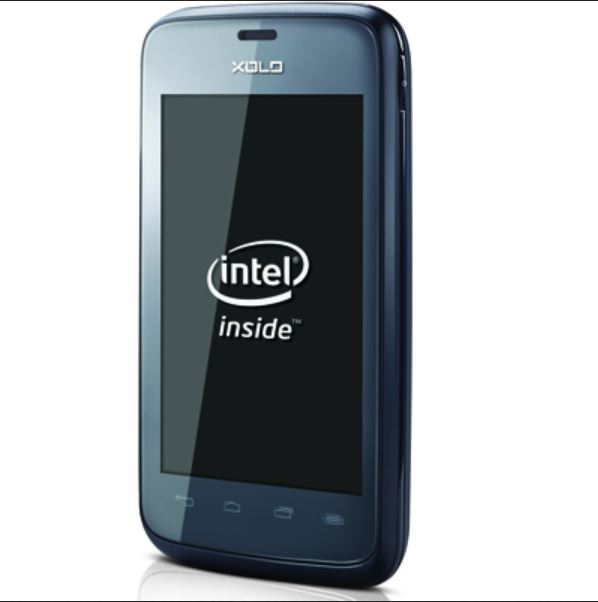It’s a moment that strikes panic into the heart of any smartphone owner: the accidental dip, the unexpected splash, the dreaded plunge into water. And what’s the first piece of advice you’ll often hear? “Put it in a bowl of rice!” It’s a tech tip as widespread as it is enduring. But here’s the hard truth: while this ancient grain might be a staple for dinner, it’s virtually useless when it comes to rescuing a modern, waterlogged electronic device.
That common notion that a bowl of rice will magically suck all the moisture out of your drowned phone is, well, frankly, about as effective as teaching a fish to juggle. It’s a pervasive myth that gives false hope and, more importantly, wastes precious time during which real damage is occurring.
Curious why this rice remedy is a bust? We break it down. Also, for a quick visual punch on this very topic, check out our YouTube Shorts:
Table of Contents
Why the Rice Trick Fails Miserably
The idea behind the rice method is that rice acts as a desiccant, absorbing moisture from the surrounding environment. While technically true, rice is a *terrible* desiccant compared to other materials. Here’s why it’s ineffective for a wet phone:
1. Slow and Superficial Absorption
Rice absorbs moisture at a very slow rate. A sealed bag of actual drying agents, like silica gel, is far more effective and much faster. Rice might pull a tiny bit of moisture from the outer casing or surface, but it does little to address the water that has seeped into the phone’s complex internal structure, circuit boards, and connectors.
2. Failure to Reach Internal Components
Modern smartphones are designed with tight tolerances to keep dust and water out, but once water gets in, it’s trapped. Simply surrounding the phone with rice does absolutely nothing to draw water out from beneath chips, inside connectors, or between layers of the circuit board.
3. Introducing New Contaminants
Putting your wet phone in rice can actually make things worse. Rice grains can get stuck in ports (like charging ports or headphone jacks), and the starch and dust from the rice can create a residue inside the phone when mixed with water, potentially causing further issues down the line.
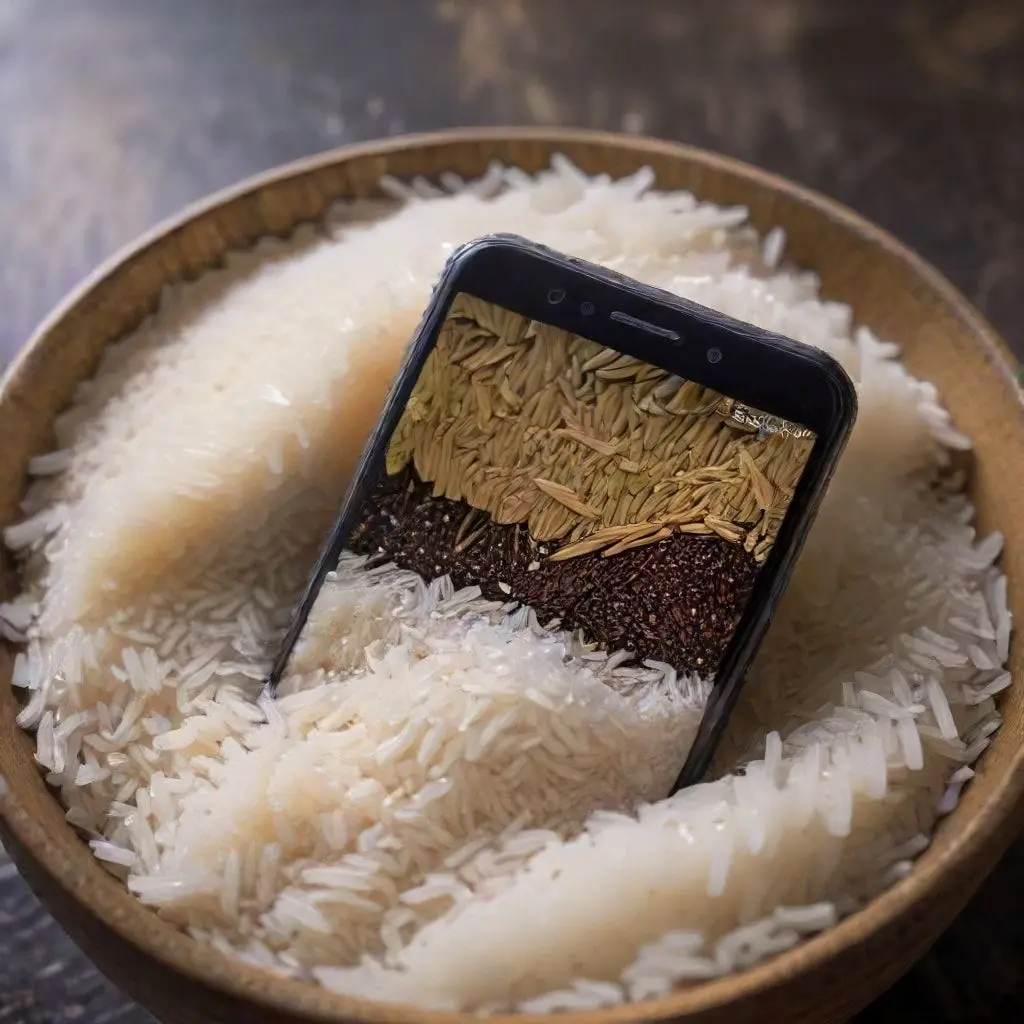
The Real Enemy: Corrosion and Short Circuits
While you’re patiently waiting for rice to do its non-existent job, the water inside your phone is working overtime. Tap water, and especially saltwater or sugary drinks, contains minerals and impurities. When electricity is introduced (even the residual charge in the battery), these impurities facilitate electrochemical corrosion.
Think of it like rust, but happening at a microscopic level on delicate electronic pathways. Corrosion literally eats away at the metal contacts, solder joints, and components on the circuit board. This damage starts almost immediately and is irreversible. Furthermore, water can create unintended electrical pathways, causing short circuits that can fry components instantly if the phone is powered on or plugged in.
What You Should *Actually* Do When Your Phone Gets Wet
Forget the rice. Immediate and correct action is critical to minimizing damage and increasing the chances of recovery.
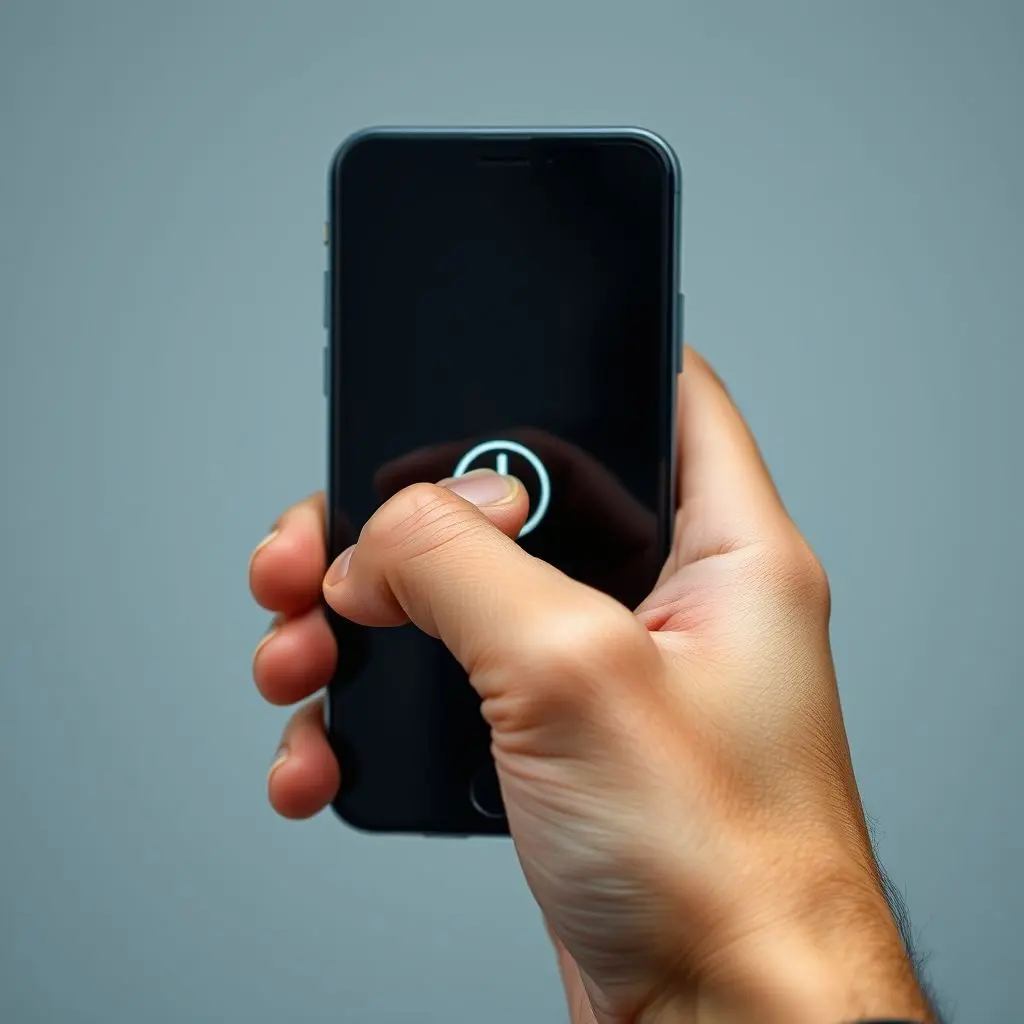
- Power Off Immediately: This is the single most important step. Do NOT try to turn it on, check if it works, or see if it’s still charging. Powering a wet device can cause short circuits and catastrophic damage. If it was off, keep it off.
- Do NOT Plug It In: Resist the urge to charge it. Electricity and water inside your phone are a recipe for disaster.
- Remove Case and SIM Tray: Take off any protective case and remove the SIM card tray. This opens up potential areas for moisture to escape and allows for better air circulation.
- Gently Dab Dry External Surfaces: Use a soft cloth or paper towel to carefully dry off the exterior of the phone. Avoid shaking or moving the phone excessively, as this can cause water to spread to dry areas inside.
- Consider Better Drying Agents: If you can’t get to a professional immediately, a sealed container with actual desiccants is a better option than rice. Silica gel packets (like those found in new shoes or electronics) or even specialized phone drying pouches are significantly more effective at absorbing moisture from the air within the container. Place the phone in a sealed container with these agents and leave it for at least 24-48 hours.
- Get Professional Help ASAP: This is your best chance for recovery. A repair technician has the tools and expertise to open the phone safely, assess the extent of the water damage, clean the components (often using isopropyl alcohol to displace water and clean corrosion), and replace damaged parts. The sooner you get it to them, the higher the chance of a successful repair.
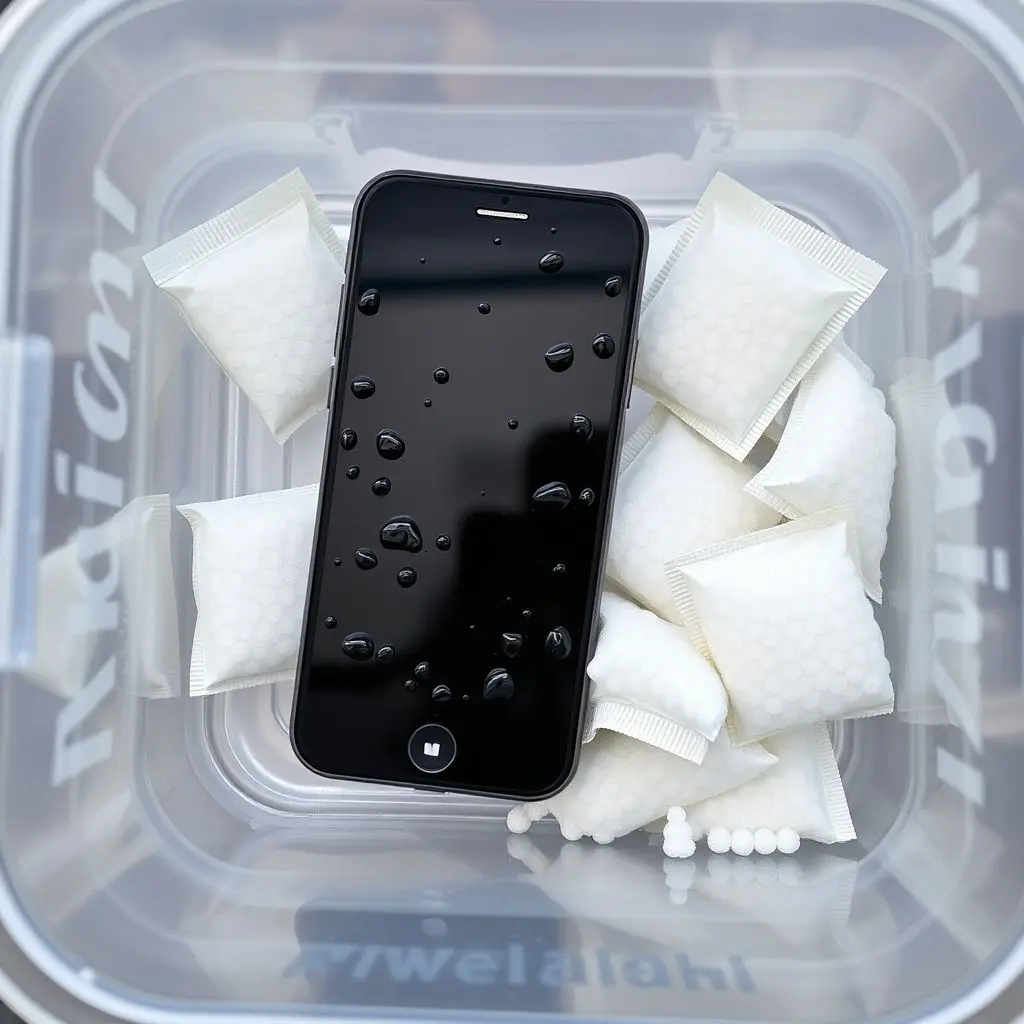
Why Professional Repair is Your Best Bet
While drying agents can help absorb ambient moisture, they don’t clean away the corrosive residue left by the water’s impurities. Professional cleaning with isopropyl alcohol is crucial for stopping the corrosion process. Technicians can also visually inspect the board for damage that isn’t immediately obvious and test individual components. Attempting this yourself without experience can easily cause more damage.
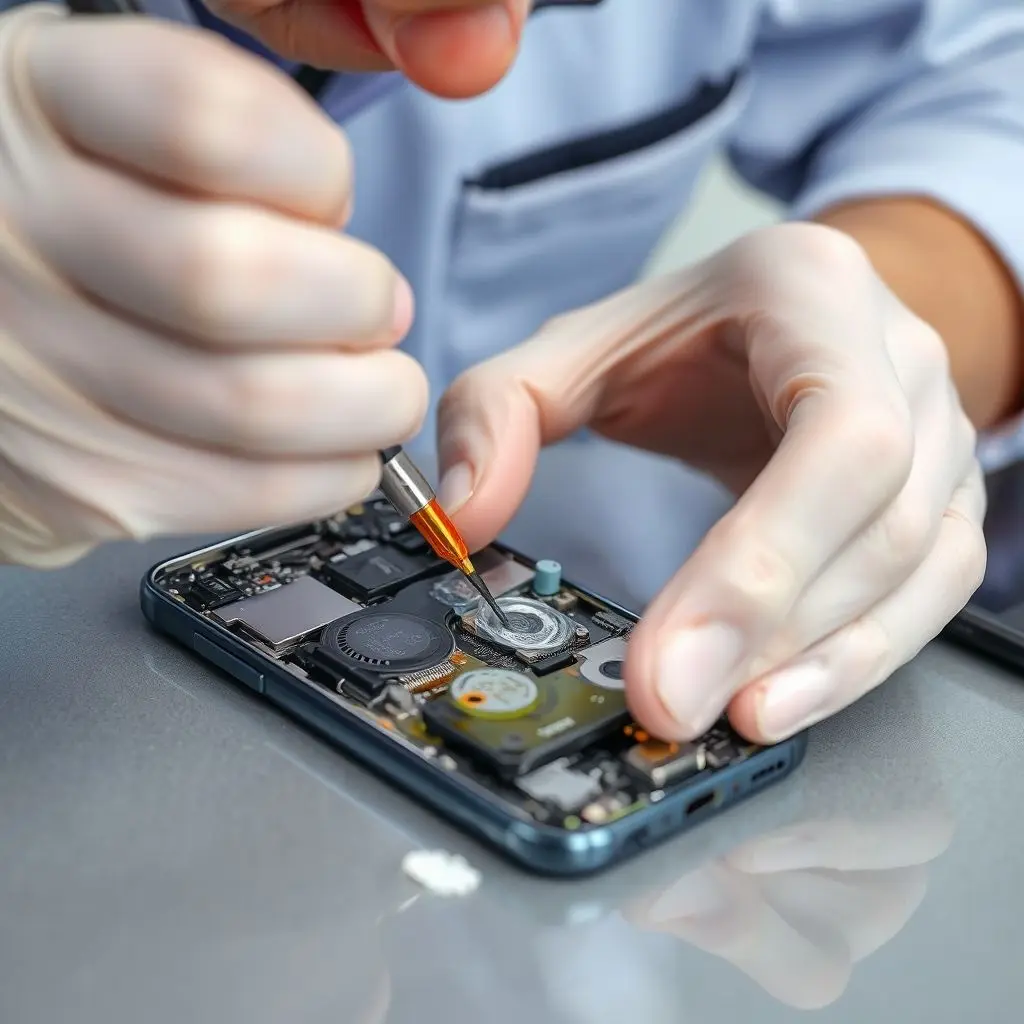
Frequently Asked Questions About Wet Phones
Q: How long should I leave my phone in rice (or silica gel)?
A: For rice, it’s generally ineffective regardless of time. For silica gel or other proper desiccants, leave it in a sealed container for at least 24-48 hours. However, remember this is a temporary measure; professional cleaning is still highly recommended.
Q: What if my phone turns on after it dried?
A: Even if it seems to work, water damage can cause long-term issues due to unseen corrosion. Components might fail weeks or months later. It’s still best to get it checked by a professional.
Q: Is using a hairdryer or oven a good idea?
A: Absolutely NOT. Extreme heat can warp components, melt solder, and damage the battery, creating entirely new and potentially irreversible problems.
Q: What about using alcohol to dry it out?
A: High-concentration (90%+) isopropyl alcohol is used by professionals to clean water damage because it displaces water and evaporates cleanly. However, attempting this yourself requires disassembling the phone correctly and knowing which components to clean, which is risky without expertise.
Q: Does putting it in the freezer work?
A: No. Freezing the water could cause it to expand, potentially damaging components further. Condensation when it thaws also reintroduces moisture.
Moving Beyond the Myth
So, the next time disaster strikes and your phone gets wet, remember that rice belongs on your plate, not in your phone repair kit. Your best course of action is always to power down immediately, avoid charging or powering on, and seek professional help as quickly as possible. Smart action beats old wives’ tales every time.
